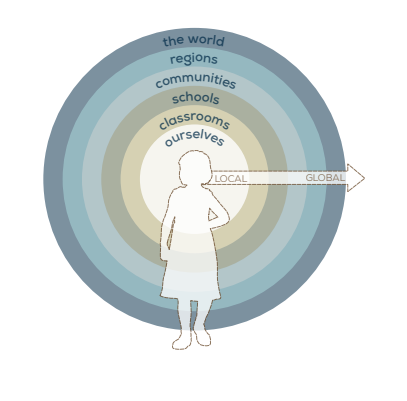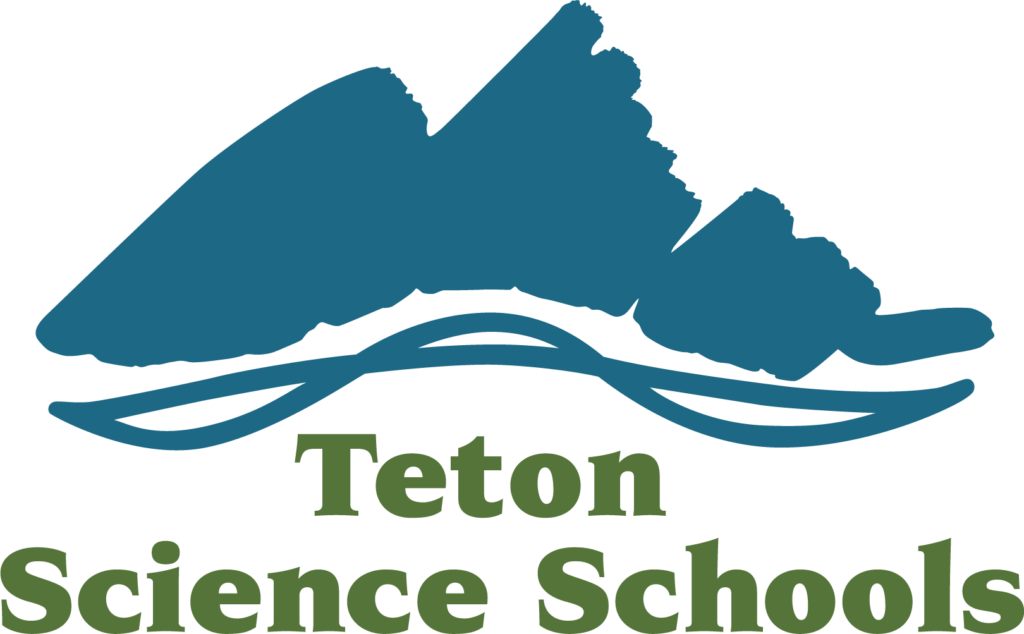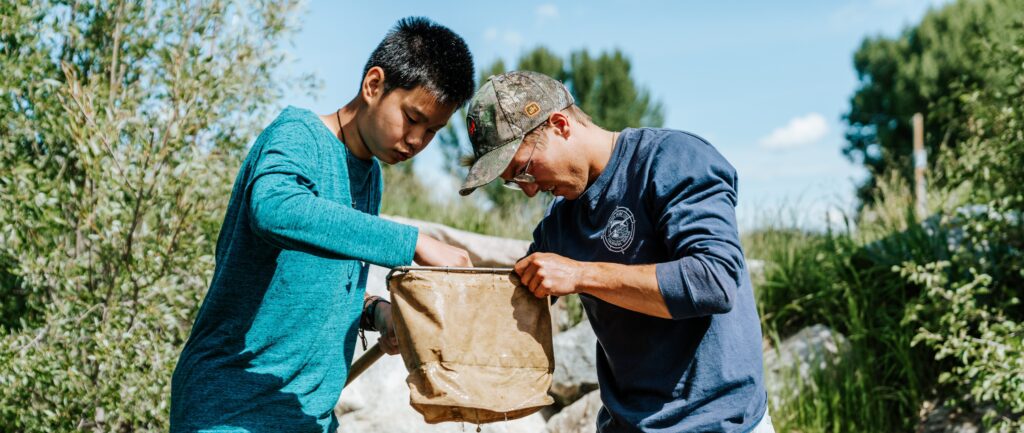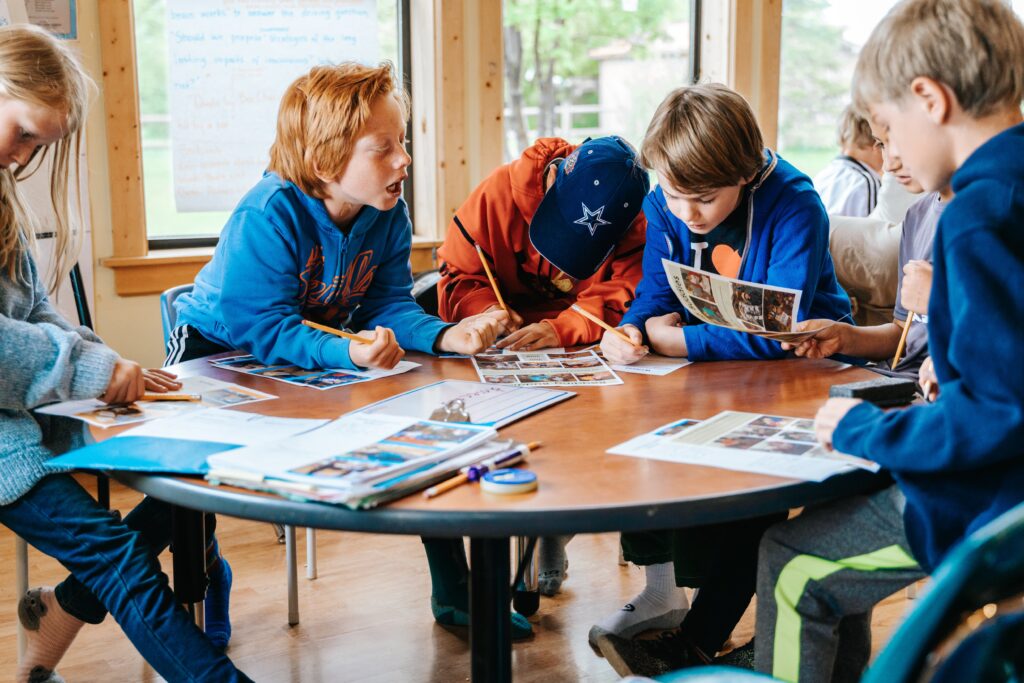Imagine this. In a rural middle school in Idaho, eighth grade students are studying housing in their region and around the world. As they prepare to build a tiny house that will be auctioned off to raise awareness for their local housing crisis, they study green living and construction, grant writing and even a hint of real estate sales. In rural Wisconsin, two female middle school students are organizing women-focused workshops highlighting body image and women in STEM. In Jackson Hole, students are connecting the dots between federal government shutdowns and food insecurity in their community.
For some, these scenarios may be hard to fathom. For others, they perfectly encapsulate the transformative work they’re facilitating or engaging in on a daily basis. It’s place-based education at its best; more specifically, local to global learning.
What is Local ↔ Global learning?

At its core, “global learning is about facilitating educational experiences that allow students to appreciate diverse perspectives, understand the connections they have to thewider world, respectively and effectively communicate and collaborate across cultures and countries, and use disciplinary and interdisciplinary knowledge to investigate and take action on issues that matter to them and the wider world” (source). Local learning serves as a model for understanding regional and global challenges, opportunities and connections. Similarly, global perspectives also serve as a lens through which to understand local communities, schools and classrooms. The arrow goes both ways.
Why is it important?
In the following excerpt from “Why Global Education Matters,” Dr. Ariel Tichnor-Wagner suggests that local ↔ global learning supports students towards both academic success and overall well-being by encouraging the following student outcomes:
Student engagement: When students learn content through authentic tasks and real-world experiences, they are more likely to engage, which in turn leads to higher attendance and achievement. Global education directly engages students with real-world issues and activities.
College and career readiness: Employers today are eager to higher graduates with cross-cultural skills that allow them to work in diverse teams and with clients all over the world. By providing students with opportunities to understand the wider world and the diversity of people, cultures, and perspectives in it, schools are also giving students a competitive edge in the marketplace.
Social-emotional learning: Global education helps develop self-awareness of one’s own identity, culture, beliefs and how those connect with the wider world, social awareness including empathy, perspective-taking, appreciating diversity, and respecting others, and relationship-building skills with diverse individuals and groups through effective communication and collaboration.
Student empowerment: Global learning enables students with agency to take purposeful action to improve their own lives and to positively influence the world around them. When students are provided opportunities to investigate issues they deem important (be it gun violence, access to clean water, or human rights violations), unpack why these issues exist, and come up with solutions to make them better, they become empowered to be the catalysts of the changes they wish to see.
Putting it into practice
When it comes to incorporating local ↔ global learning in the classroom, there are a couple of best practices to keep in mind:
Make it relevant, make it matter: It’s been widely observed that students care about curriculum if it matters to them; “they swiftly and informally determine its value based on whether or not it helps them in life” (source). Does the curriculum offer them the skills needed to pursue a particular career goal, an opportunity to better participate in their familial and social circles or a chance to pursue a personal passion? By making lessons personal and relevant, students can be “inspired to take action outside of the classroom to build communities and a world that is more just and equal” (source).
Break out of subject-specific silos: Integration helps students understand the connections between disciplines and how subjects interact in the real world. Reading about water contamination in the U.S. can be enlightening for students, but reading about it, testing and analyzing the water quality in their own community and perhaps even writing to students in Flint, MI is all the more engaging and empowering.
Need Some Inspiration?
Check out these projects from students here at Mountain Academy and across the country at our Place Network partners schools.
Eighth grade students from Place Network school Meadows Valley built an 8 x 24 foot tiny home to raise money for an ADA-compliant playground and raise awareness for the housing crisis that gripped their rural mountain community of New Meadows, Idaho.
Second and third grade students from the independent school of Teton Science Schools took an observation they made on a school field trip–why was the visitor center closed on a day it would normally be open?–and turned it into a full blown investigation into food security in their community.
At Place Network school Koshkonong Trails, student-led projects have always been an important aspect of the school year. So much so, that they even plan an entire Farm Day for students to share their learning with the rest of the Cambridge, WI school district K-2 students. Pretty cool! This year, projects covered a wide-range of topics from body image to bike shops, rotary engines to land regenerations and wildland firefighters.
Check out more student projects here
At the end of the day, when students have the opportunity to consider themselves and their community in a global context, they are better able to appreciate multiple perspectives, and to recognize their own connections to the wider world. They learn skills to communicate and collaborate with respect, as well as learn effectively across cultures. Ultimately, they build foundations critical for taking action on issues that matter to them and their world.
Stay tuned for Part II of Diving into Place-Based Education coming in February! In the meantime, check out these further resources on local ↔ global learning.
Further Resources
Video Resources:
- My invention that made peace with lions
- Our campaign to ban plastic bags in Bali
- Project Water Filter
Document Resources
Research Support:
- Educating for Global Competence: Preparing our Youth to Engage the World
- Experiencing Nature: Affective, Cognitive, and Evaluative Development in Children, by S. Kellert, in Children and Nature: Psychological, Sociocultural, and Evolutionary Investigations. (pp. 116-151). Cambridge, MA: MIT Press, 2002.



